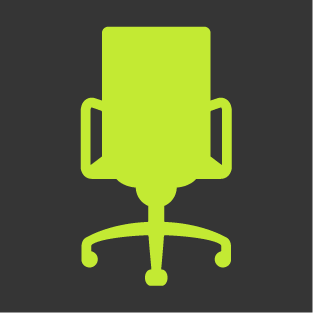How I Started A $16M/Year Landscape Design Company
Hello! Who are you and what business did you start?
I'm Terry Morrill, the owner of Pacific Outdoor Living, Pacific Pavingstone, and creator of the AIMM System. At Pacific Outdoor Living, our main product that we sell is a complete landscape design-build project to high-end residential customers. We refer to our primary customer base as the "mass affluent". I run Pacific Outdoor living and its sister company, Pacific Pavingstone, with my two sons, Trent and Chad Morrill.

We handle everything in the backyard, from the design, demolition, construction, and finally, the finished project. We've completed tens of thousands of backyard renovation projects across Southern California.
Our office, located in Sun Valley, has a staff of over 80 employees. Within the staff, we have specialized crews in demolition, landscaping, pavers, and pools. These specialized crews are experts...

Download the report and join our email newsletter packed with business ideas and money-making opportunities, backed by real-life case studies.

Download the report and join our email newsletter packed with business ideas and money-making opportunities, backed by real-life case studies.

Download the report and join our email newsletter packed with business ideas and money-making opportunities, backed by real-life case studies.

Download the report and join our email newsletter packed with business ideas and money-making opportunities, backed by real-life case studies.

Download the report and join our email newsletter packed with business ideas and money-making opportunities, backed by real-life case studies.

Download the report and join our email newsletter packed with business ideas and money-making opportunities, backed by real-life case studies.

Download the report and join our email newsletter packed with business ideas and money-making opportunities, backed by real-life case studies.

Download the report and join our email newsletter packed with business ideas and money-making opportunities, backed by real-life case studies.





























